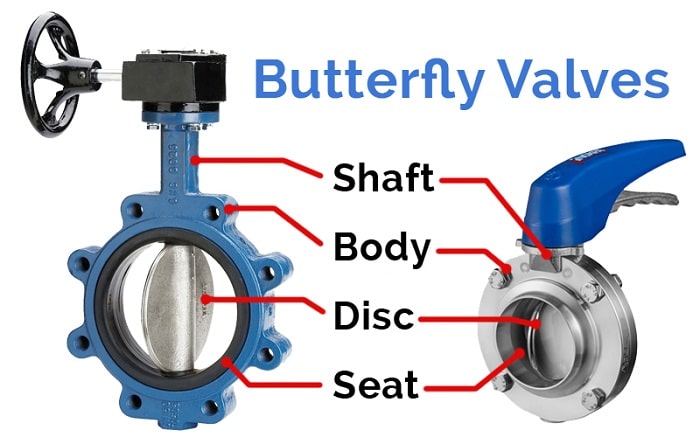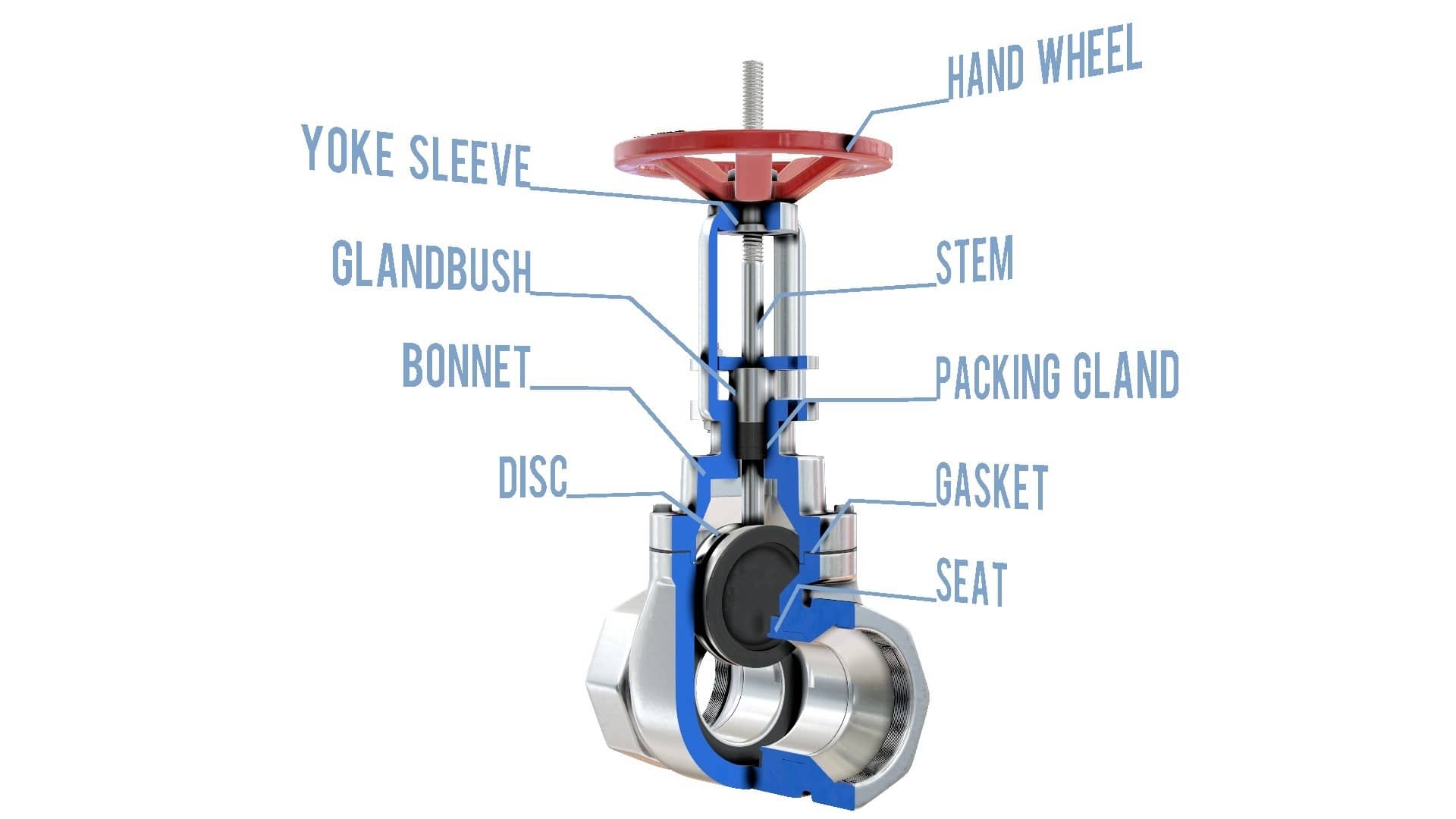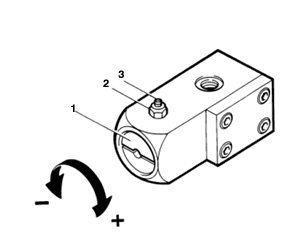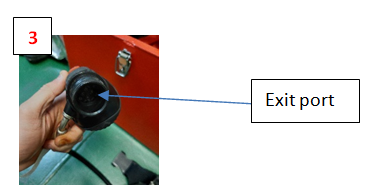PORTABLE FIRE EXTINGUISHERS
Here I will mention what is fire, fire extinguishing methods, fire types, agent to extinguish fire, fire extinguisher types.
What is fire?
Fire is a rapid oxidation reduction reaction which means a kind of fuel vapor reacts with an oxidazing agent and produces carbon dioxide and water as well as unburned fuel as ash, heat and light (flame).
In order for the combustion, the fuel must release vapor because vapor of fuel is more energetic and having more velocity, which can easily combine with oxygen which is oxidazing agent. So that heat is also necessary to set a fire.
Hydrocarbons are the main sources of fuels because they are easily combustible. They are combustible because the energy required to break intermolecular bonds of hydrogen and carbons is much less than the energy released by products of combustible reactions (CO2 and H2O).
Oxidizing agent is the element that receives electron and make bonds in this way. Oxygen gives its name to oxidizing agent. Oxygen can easily react with other elements because the electronegativity (the tendency of electron attraction) of xygen is pretty high.
The heat is radiated in all direction. The heat which radiates towards the source of fire will vaporize more fuel which will increase the fire. This process is known as ''chain reaction''.
Methods of Fire Extinguishment
In order to tackle with fire, at least one of the four elements must be removed from the fire tetrahedron.
Removal of fuel is the most effective method. It is called ''starving''. In case of fuel is flammable gas or liquid, the fuel supply valve must be shut off. If the fuel source is a small piece of wooden product, the fire source can be eliminated.
Removal of heat will reduce the vaporisation. It is achieved by water, foam or CO2.
Removal of oxygen means smothering. The idea is cut the connection between fuel and oxygen. It is achieved by foam and CO2 in enclosed spaces. Fire blanket is used in galley and other spaces where the fire is in a small container. The first action to do is to shut off the ventilation.
The breaking of chain reaction also runs off the the fire. Dry chemical powders are used. The dry chemical powder makes bond with the fuel or oxygen and generates cloud which prevents radiated heat reaching fuel so that generation of oxidation and reheating is interupted. However, dry chemical powders do not cool down.
Fire Types
Water: Water is the most commonly used fire extinguisihing agent. It absorbs significant amount of heat. This reduces heat of the fuel.
The additional effect of water is smothering. The water is heated up to 100 C, it turn into steam at atmospheric pressure by gaining 1600 times volume. That means 1 cbm of liquid water generates 1600 cbm of steam. This steam cloud will surround the fire and will replace oxygen around the fuel.
Water can be applied to fire as jet stream or fog stream.
The velocity of jet stream is high. The ''reach'' which is the maximum distance travelled by the stream at horizontal direction is high. It must be aimed at source of fire otherwise it is not effective and it will not generate steam. Generally only small portion of the jet stream can reach the fire source. So that its efficincy regarding heat absorbtion is less. Too much water accumulation may create stability problems. Fire fighterers use it for boundary cooling. It is applied from a fire hose nozzle or a water portable fire extinguisher.
Fog or spray form of water is aipplied from fire hose nozzle, water mist system and sprinkler system. Water is seperated into little droplets so that its coverage area is very large. In this way, it can reach the source of fire with significant less amount of water used compared to jet stream. Fire fighterers use fog stream when closing to fire scene. As a result, heat absorbtion and smothering can be achieved easily.
Water is used to tackle with Class A (solid materials, except metals) fire. Water is electrically conductive so that it must not be used on electric equipment. It also must not be used on Class B (flammable liquids) or C (flammable gas) fires since water will spread the the fire source, not extinguish. Also note that water will freeze at 0 C at 1 atm. So that portable water fire extinguishers are mostly found inside accommodation.
Carbon dioxide (CO2) is heavier than air with molecular mass off 44 g/mole where molecular mass of air is at around 29 g/mole. When CO2 is applied, it displaces air. This effect is called ''smothering''. However, CO2 is only effective in enclosed spaces since CO2 will disperse on deck. Another effect of CO2 is cooling. Portable CO2 fire extinguishers are stored in liquid form under high pressure. When it is released to atmosphere, it will rapidly expand and cool. Thus, it will have a phase change to solid. CO2 cylinders must not be exposed to more than 31C temperature which is critical temperature of CO2. Also note CO2 is a suffocating gas which will not support life.
CO2 can be applied on Class A(solid materials, except metals), Class B (flammable liquids), Class C (flammable gases) and Electric Fires.
Foam
Foam is produced by the mixture of water, foam concentrate (foam agent) and air. When foam concentrate and water are mixed, it is called foam solution. When foam solution is mixed with air, it is called ''foam''. There are two the most common foam concentrates; 3% and 6% foam foams. 3% foam means 3 volume of foam concentrate and 97 volume of water is required for foam. The further the ratio, the more foam is generated. The foam forms thicker blanket over the fire. However, as the ratio is increased, the stability of the foam decreases which will result in disperse of foam under wind. So that generally 3% or 6% mixing ratio foams are used.
Foam creates blanket over the fire so that O2 is eliminated. It is called smothering. Foam also contains water which means foam has also cooling effect.
There are some difinitions to be learned about the foam.
Drain Rate is the time that foam blanket turns into foam solution. The more the drain rate, the more the stability of the foam, however, the slower the foam spread over the flammable liquid and the slower response to extinguish fire.
Expansion ratio is ( volume of foam generated)/ (volume of foam solution). The more the expansion ratio, the more foam blanket occurs on the expense of the stability of the foam.
Type A Foam Concentrate is alcohol resistant or multi-purpose foam concentrate.
Type B Foam Concentrate is all regular type of foam concentrate that are not alcohol resistant.
There are a few types of foams as below:
Chemical Foam: It consists of an alkali+acid+water+stabilizer. It is not commonly found on ships.
Mechanic (Air) Foam: It is produced by mixing a foam concentrate with water as described above.
a) Protein Foam: It is prodcued by protein rich animals wastes or hydrolyzed vegetable waste + stabilizing additives + inhibitors. If the water is oil contiminated, foam will not generate.
b) Fluroprotein Foam (FP): Formed by special fluorochemical surfactants with protein foam. Surfactants reduce the surface tension of water so that bubbles(foam) can be generated easier and viscosity of the foam will be lower.
c) Film Forming Fluoroprotein Foam (FFFP): It is a combination of fluorochemical surfactants and protein foam. These will create a film on the surface of the flammable liquid.
d) Aqueous Film Forming Foam (AFFF): It is a combination of fluorochemical surfactants and protein foam. It will create an aqueous film on flammable liquid. Its main property is to spread over the flammable liquid rapidly. It is assumed to be most effective foam concetrates on foam flammable liquids. AFFFs drain foam solution fast from the foam bubble to produce the fim forming. For that reason, they do not have long term sealibility.
e) Alcohol Resistant Aqueous Film Forming Foam (AR-AFFF): It is resistant to polar solvents or alcohol. Polar solvents have atoms with different electronegativities and form dipole dipole covalent bonds. It is made up of AFFF foam concentrate materials + high molecular weight polymers.
f) Synthetic Foam: Formed by synthetic detergant-base + alkyl sulfonates. It requires less water than protein-based foams so mixing ratio is less.
Foam is used for type A and B fire classes because of its smothering and cooling effects. Just like water, it is not used for Class C and electric fire.
Dry Cemical Powder (DCP): DCP consists of sodium bicarbonate or potassium bicarbonate. It is used for A,B or more comonly, A,B,C and D fire classes. The main effect of DCP is to interrupt the chain reaction. DCP make bonds with the fuel and oxygen so that additional fuel cannot be oxidized. There is also smothering effect. When DCP reacts with heat and fuel, it will produce CO2 and water is produced. So that air is run away from the surrounding fuel. Moreover, DCP will produce an opaque cloud which reduces radiated back heat to the source of fire. As a result, less fuel vapor is generated and fire becomes less intense.
It should be noted that DCP has no cooling effect. After fire extinguishment, the fire may start again by flash back (introuction of O2 to the fuel source which is still hot enough to produce flammable vapour). Also, powder is not used for electric fire since it will damage the electric systems.
Wet Chemicals are also used for Class A and F fires and some type of flammable liquids. It contains potassium solutions. It creates a mist over the fire and smothers the fire. Because of the water content inside, there is also cooling effect like foam extinguisher.
Portable Fire Extinguishers
A portable fire extinguisher is designed to be carried by hand and has a total weight of less than 23 kg. If a fire extinguisher is more than 23 kg, it is wheeled fire extinguisher. The most common types of wheeled fire extinguishers on board are 45L and 135L foam fire extinguishers in the machinery space on board.
Fire extinguisher rating defines the size of fire that fire extinguisher is capable of extinguishing. The example of a rating code is 13A/55B which means that this extinguisher can tackle 13 size of Class A fire and 55 size of Class B fire. The larger the number, the more effective the extinguisher is. There is no code for Class C and D fire. If the fire is not capable of combating Class B or A fire, there will not be rating of A or B accordingly. An open latticework of wooden sticks approx 40mm square x 500mm long piled 14 high. The number 13 comes from the number of sticks in each row. The 55 means the extinguisher can extinguish 55 L of burning fuel.
Bursting disk is an important element in the fire extinguisher. It protects the cylinder from overpressure/vacuum conditions. Once it is broken (usually by over-pressure), it means that there is a fire around. So that the bursting disk ruptures and all the pressure runs out of the cylinder to the full. In this way, the fire extinguisher is ''self-extinguish'' the fire.
| Bursting disk in green color |
There are basically two types of fire extinguishers; cartridge operated and stored pressure.
Cartridge operated fire extinguisher contains a pressured cylinder, mostly CO2, when the hadle is pushed down, the pin penetrates through the CO2 charge, CO2 is expelled pressurising the cylinder inside and extingushing medium is delivered to the atmosthere via dip tube. These extinguishers do not have pressure gauge. They are easy to maintain since cartridge and extinguishing medium can be replaced.
Stored pressure fire extinguishers, on the other hand, the extinguishing medium and charge are stored in the same chamber. When the handle is pushed, the pressurised atmoshere inside run out to the atmoshere via a dip tube. These extinguishers contains pressure gauge except CO2 fire extinguisher.
| Stored pressure water fire extinguisher |
 |
| Cartridge operated fire extinguisher |
 |
| Portable CO2 fire extinguisher |





























